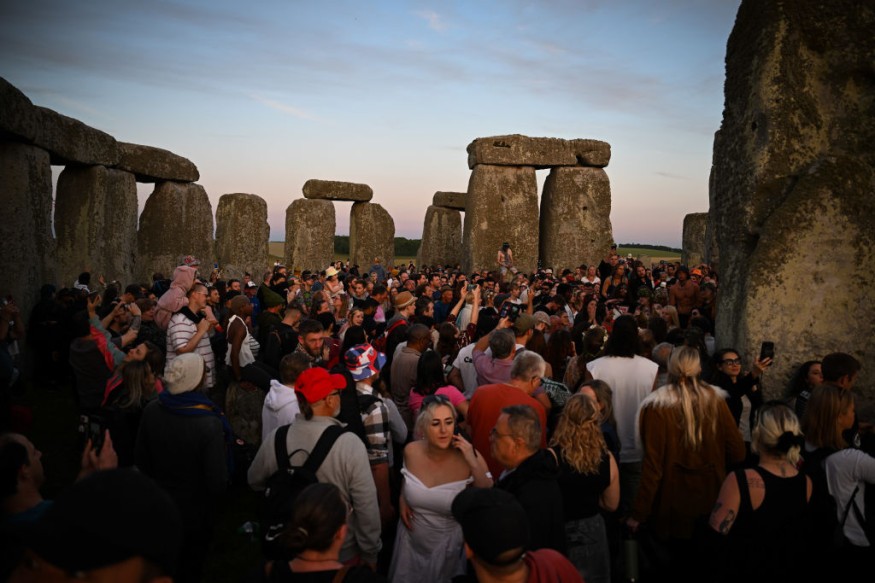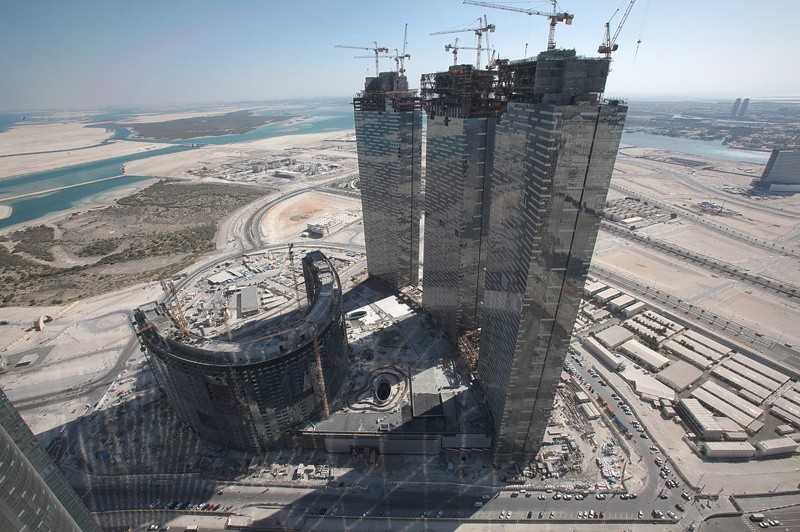Top 5 Ancient Stone Structures Around the World That Influenced Modern Architecture
In the 19th century, the Gothic Revival movement saw a resurgence in the use of stone and pointed arches, reminiscent of medieval cathedrals like Notre-Dame de Paris.
Ancient stone structures around the world have stood the test of time, enduring natural disasters and human activities for thousands of years.
For example, the Göbekli Tepe in Turkey, which is believed by scholars to be the oldest ancient stone structure in the world. According to Smithsonian Magazine, it dates back to around 9600 BCE, making it over 11,000 years old.
Göbekli Tepe is an archaeological site that consists of massive stone pillars arranged in circular formations, which are believed to have been used for religious or ceremonial purposes.

One of the key reasons Göbekli Tepe has survived for so long is that it was deliberately buried by its creators. This act of burying the site in layers of soil and debris helped protect the stone structures from the elements, erosion, and other natural forces that could have caused deterioration over millennia.
Additionally, the pillars at Göbekli Tepe are made from limestone, a durable and relatively resistant material. Although limestone can weather over time, the burial process and the site's location have minimized exposure to harsh conditions, preserving the integrity of the stone.
Ancient stone structures like Göbekli Tepe not only serve as windows into the past but also have greatly influenced modern architecture.
Also Read: 10 Most Advanced Ancient Architecture in the World
Top 5 Ancient Stone Structures Around the World That Influenced Modern Architecture
The influence of ancient stone structures on modern architecture is significant. The use of stone, both as a structural and decorative element, is a direct nod to the durability, beauty, and timelessness of ancient buildings.
However, the impact goes beyond mere material use. Modern architects often draw inspiration from the form, function, and symbolism of these ancient structures, incorporating their principles into contemporary designs.
1. Parthenon

The Parthenon, for instance, gave rise to neoclassicism, according to Taylor-Francis. Emerging in the 18th century, this architectural style directly drew inspiration from ancient Greek and Roman architecture.
Today, modern buildings like the United States Capitol and the British Museum feature columns, pediments, and symmetry reminiscent of the Parthenon and other ancient temples.

2. Notre-Dame de Paris

In the 19th century, the Gothic Revival movement of the 19th century saw a resurgence in the use of stone and pointed arches, reminiscent of medieval cathedrals like Notre-Dame de Paris.
According to The Spruce, architects of this period were inspired by the "grandeur and spiritual significance" of ancient Gothic structures, incorporating similar elements into modern churches, universities, and public buildings.
A modern building that reflects Gothic Revival architecture is the St. John the Divine Cathedral in New York City. Although the cathedral itself is historic, its recent renovations have incorporated modern materials and techniques while preserving key Gothic Revival elements such as pointed arches, ribbed vaults, and intricate stained glass windows.
The Colosseum, built in the 1st century AD, is renowned for its use of concrete, arches, and vaults. Its elliptical design and tiered arches allowed it to accommodate large crowds for events. This ancient structure influenced both Romanesque architecture, with its thick walls and rounded arches, and Modernist architecture, which emphasizes structural integrity and monumental form.
Modern venues, such as the Allianz Arena in Munich and the Emirates Stadium in London, adopt similar principles to provide grand, expansive interiors and optimal viewing experiences,

3. Colosseum

The Colosseum, built in the 1st century AD, is known for its use of concrete, arches, and vaults. Its elliptical design and tiered arches allowed it to accommodate large crowds for events. This ancient structure symbolizes Romanesque and Modernist architecture through its influence on Romanesque thick walls and rounded arches, and Modernist emphasis on structural integrity and monumental form.
Modern venues, such as the Allianz Arena in Munich and the Emirates Stadium in London, adopt similar principles to provide grand, expansive interiors and optimal viewing experiences, according to Architecture Competitions.

4. Stonehenge

Stonehenge, a prehistoric monument in England, is an iconic example of Neolithic monumental architecture.
Constructed around 3000 to 2000 BCE, it's one of the most mysterious ancient stone structures, with its massive standing stones arranged in a circular formation, some weighing up to 25 tons.
Today, Abu Dhabi's The Gate Towers is inspired by its standing stones, according to Construction Week.
This structure is a high-end hotel that consists of 44 floors.

5. Machu Picchu

Machu Picchu, a 15th-century Inca citadel nestled in the Andes Mountains of Peru, is an example of Inca architectural ingenuity.
Built using precisely cut stones that fit together without mortar, the site demonstrates the Inca's mastery of dry-stone construction and their deep understanding of the local environment, as reported by Discover Peru.
As previously reported by The Guardians,the Universidad de Ingeniería y Tecnología (UTEC) in Lima, Peru, is a modern building that draws inspiration from Machu Picchu's Inca architecture. Designed by Grafton Architects, UTEC features buttresses, daring cantilevers, and a terraced structure that echoes the ancient Inca site's integration with its surrounding environment.
Overall, these ancient stone structures around the world continue to shape the way architects design and build today. Their influence on modern architecture is evident not just in the use of stone as a material, but also in the emphasis on sustainability and durability that can withstand the test of time.
.

Overall, these ancient stone structures around the world continue to shape the way architects design and build today. Their influence on modern architecture is not just evident in the use of stone as a material, but the emphasis on sustainability and endurability that can withstand time.













